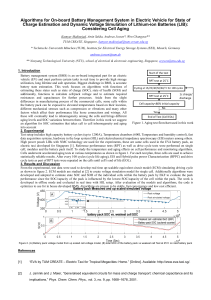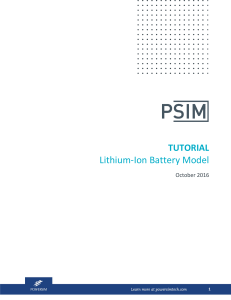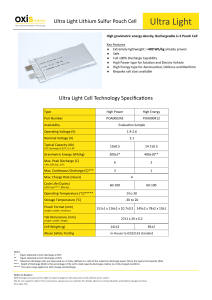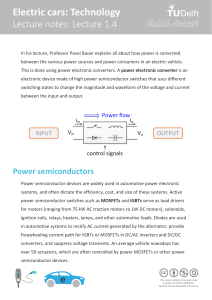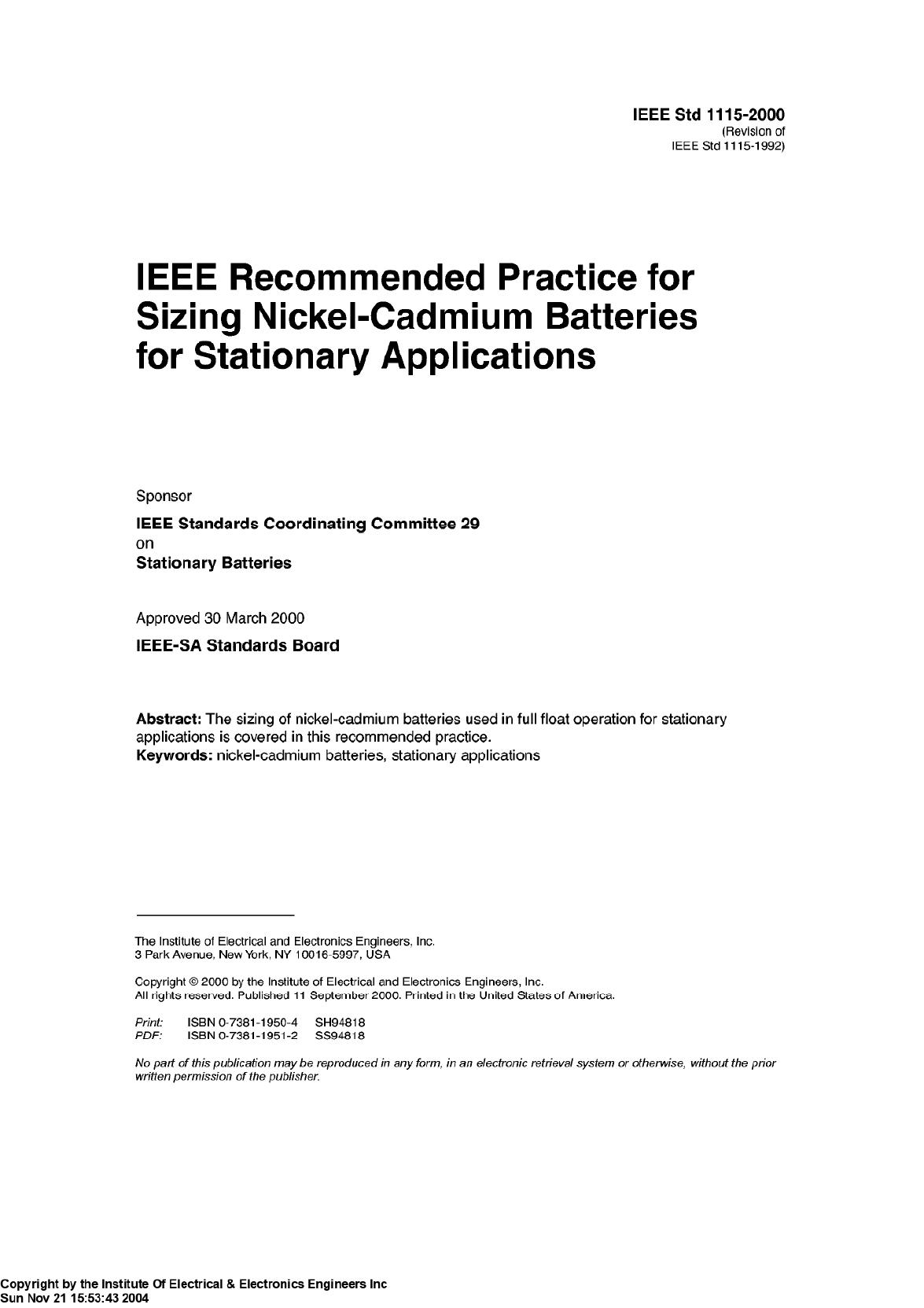
IEEE
Std
1115-2000
(Revision
of
IEEE
Std
1115-1992)
IEEE
Recommended
Practice
for
Sizing
Nickel-Cadmium
Batteries
for
Stationary
Applications
Sponsor
IEEE
Standards
Coordinating
Committee
29
on
Stationary
Batteries
Approved
30
March
2000
IEEE-SA
Standards
Board
Abstract:
The
sizing
of
nickel-cadmium
batteries
used
in full
float
operation
for
stationary
applications
is
covered
in
this
recommended
practice.
Keywords:
nickel-cadmium
batteries,
stationary
applications
The
Institute
of
Electrical
and
Electronics
Engineers,
Inc.
3
Park
Avenue,
New
York,
NY
10016-5997,
USA
Copyright
©
2000
by
the
Institute
of
Electrical
and Electronics
Engineers,
Inc.
AIl
rights
reserved.
Published
11
September
2000.
Printed
in
the
United
States
of
America.
Print
—
ISBN
0-7381-1950-4
SH94818
PDF:
ISBN0-7381-1951-2
SS94818
No
part
of this
publication
may
be
reproduced
in
any
form,
in
an
electronic
retrieval
system
or
otherwise,
without
the prior
written
permission
of
the
publisher.
Copyright
by the
Institute
Of
Electrical
&
Electronics
Engineers
Inc
Sun Nov
21
15:53:43
2004

IEEE
Standards
documents
are
developed
within
the
IEEE
Societies
and
the
Standards
Coordinating
Com-
mittees
of
the
TEEE
Standards
Association
(IEEE-SA)
Standards
Board.
Members
of
the
committees
serve
voluntarily
and
without
compensation.
They
are
not
necessarily
members
of
the
Institute.
The
standards
developed
within
IEEE
represent
a
consensus
of
the
broad
expertise
on
the
subject
within
the
Institute
as
well
as
those
activities
outside
of
IEEE
that
have
expressed
an
interest
in
participating
in
the
development
of
the
standard.
Use
of
an
IEEE
Standard
is
wholly
voluntary.
The
existence
of
an
IEEE
Standard
does
not
imply
that
there
are
no
other
ways
v
produce,
lest,
measure,
purchase,
market,
or
provide
other
goods
and
services
relaled
0
the
scope
of
the
IEEE
Standard.
Furthermore,
the
viewpoint
expressed
at
the
time
a
standard
is
approved
and
issued
is
subject
to
change
brought
about
through
developments
in
the
state
of
the
art
and
comments
received
from
users
of the
standard.
Every
IEEE
Standard
is
subjected
to
review
at
least
every
five
years
for
revision
or
reaffirmation.
When
a
document
is
more
than
five
years
old
and
has not
been
reaffirmed,
it
is
rea-
sonable
to
conclude
that
its
contents,
although
still
of
some
value,
do
not
wholly
reflect
the
present
state of
the
art.
Users
are
cautioned
to
check
to
determine
that
they
have
the latest
edition
of
any
IEEE
Standard.
Comments
for
revision
of
IEEE
Standards
are
welcome
from
any interested
party,
regardless
of
membership
affiliation
with
IEEE. Suggestions
for
changes
in
documents
should
be
in
the
form
of
a
proposed
change
of
text,
together
with
appropriate
supporting
comments,
Interpretations:
Occasionally
questions
may
arise
regarding
the
meaning
of
portions
of
standards
as
they
relate
to
specific
applications.
When
the
need
for
interpretations
is
brought
to
the
attention
of
TEEE,
the
Institute
will
initiate
action
to
prepare
appropriate
responses.
Since
IEEE
Standards
represent
a
consensus
of
all
concemed
interests.
it
is
important
to
ensure
that
any
interpretation
has
also
received
the
concurrence
of
a
balance
of
interests.
For
this
reason,
IEEE
and
the
members
of
its
societies
and
Standards
Coordinating
Commiittees
are
not
able
to
provide
an
instant
response
to
interpretation
requests
except
in
those cases
where
the
matter
has
previously
received
formal
consideration.
Comments
on
standards
and
requests
for
interpretations
should
be
addressed
to:
Secretary,
IEEE-SA
Standards
Board
445
Hoes
Lane
PO.
Box
1331
Piscataway,
NJ
08855-1331
USA
Note:
Attention
is
called
to
the
possibility
that
implementation
of
this
standard
may
require
use
of
subject
matter
covered
by
patent
rights.
By
publication
of
this
standard,
no
position
is
taken with respect
to
the
existence
or
validity
of
any patent
rights
in
connection
therewith.
The
IEEE
shall
not
be
responsible
for
identifying
patents
for
which
a
license
may
be
required
by
an
IEEE
standard
or
for
conducting
inquiries
into
the legal
validity
or
scope
of
those
patents
that
are
brought
to
its
attention.
TEEE
is
the
sole
entity
that
may
authorize
the
use
of
certification
marks,
trademarks,
or
other
designations
to
indicate
compliance
with
the
materials
set
forth
herein.
Authorization
to
photocopy
portions
of
any
individual
standard
for
internal
or
personal
use
is
granted
by
the
Institute
of
Electrical and
Electronics
Engineers,
Inc.,
provided
that the
appropriate
fee
is
paid
to
Copyright
Clearance
Center.
To
arrange
for
payment
of
licensing
fee,
please
contact
Copyright
Clearance
Center,
Cus-
tomer
Service,
222
Rosewood
Drive,
Danvers,
MA
01923
USA;
(978)
750-8400.
Permission
to
photocopy
portions
of
any
individual
standard
for
educational
classroom
use
can
also
be
obtained
through
the
Copy-
right
Clearance
Center.
Copyright
by the
Institute
Of
Electrical
&
Electronics
Engineers
Inc
Sun Nov
21
15:!
:51
2004
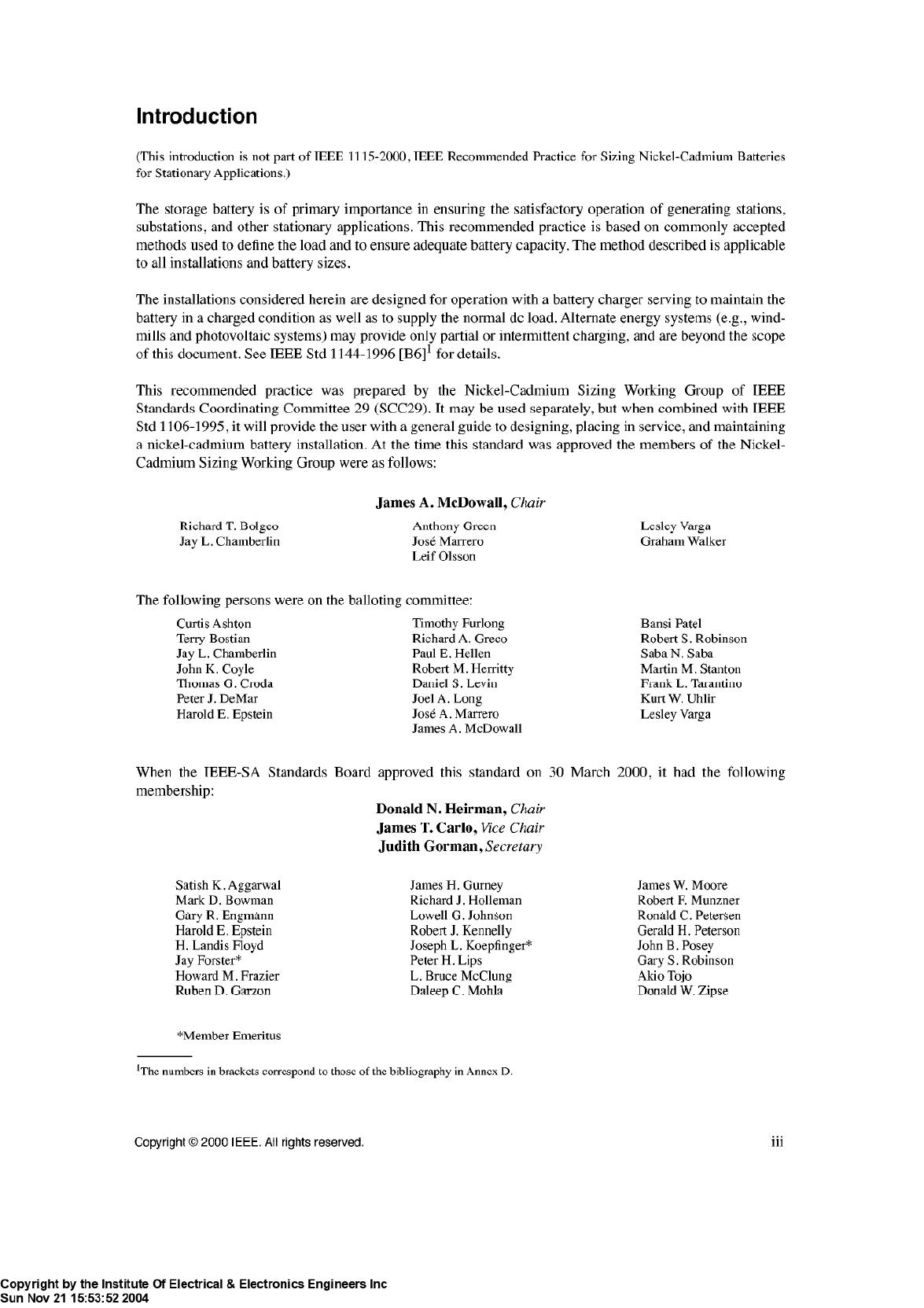
Introduction
(This
introduction
is
not
part
of
TEEE
1115-2000,
TEEE
Recommended
Practice
for
Sizing
Nickel-Cadmium
Batteries
for
Stationary
Applications.)
The
storage
battery
is
of
primary
importance
in
ensuring
the
satisfactory
operation
of
generating
stations,
substations,
and other stationary
applications.
This
recommended
practice
is
based
on
commonly
accepted
methods
used
to
define
the
load
and
to
ensure
adequate
battery
capacity.
The
method
described
is
applicable
to
all
installations
and
battery
sizes.
The
installations
considered
herein
are
designed
for
operation
with
a
battery
charger
serving
to
maintain
the
battery
in
a
charged
condition
as
well
as
to
supply
the
normal
dc
load.
Alternate
energy
systems
(e.g.,
wind-
mills
and
photovoltaic
systems)
may
provide
only
partial
or
intermittent
charging,
and
are
beyond
the
scope
of
this
document.
See
TEEE
Std
1144-1996
[B6]"
for
details.
This
recommended
practice
was
prepared
by
the
Nickel-Cadmium
Sizing
Working
Group
of
TEEE
Standards
Coordinating
Committee
29
(SCC29).
It
may
be
used
separately,
but
when
combined
with
IEEE
Std
1106-1995,
it
will
provide
the
user
with
a
general
guide
to
designing,
placing
in
service,
and
maintaining
a
nickel-cadmium
battery
installation.
At
the
time
this
standard
was
approved
the
members
of
the
Nickel-
Cadmium
Sizing
Working
Group
were
as
follows:
James
A.
McDowall,
Chair
Richard
T.
Bolgeo
Anthony
Green
Lesley
Varga
Jay
L.
Chamberlin
José
Marrero
Graham
Walker
Leif
Olsson
The
following
persons
were
on
the
balloting
committee:
Curtis
Ashton
Timothy
Furlong
Bansi
Patel
‘Terry
Bostian
Richard
A.
Greco
Robert
S,
Robinson
Jay
L.
Chamberlin
Paul
E,
Hellen
Saba
N,
Saba
John
K.
Coyle Robert
M.
Herritty
Martin
M.
Stanton
Thomas
G,
Croda
Daniel
S.
Levin
Frank
L,
Tarantino
Peter
J.
DeMar
Joel
À.
Long
Kurt
W. Uhlir
Harold
E.
Epstein
José
À.
Marrero
Lesley
Varga
James
A.
McDowall
When
the
TEEE-SA
Standards
Board
approved
this
standard
on 30
March
2000,
it
had
the
following
membership:
Donald
N.
Heirman,
Chair
James
T.
Carlo,
Vice
Chair
Judith
Gorman,
Secretary
Satish
K.
Aggarwal
James
H.
Gurney
James
W.
Moore
Mark
D.
Bowman
Richard
J.
Holleman
Robert
F.
Munzner
Gary
R.
Engmann
Lowell
G.
Johnson
Ronäld
C.
Petersen
Harold
E.
Epstein
Robert
J.
Kennelly
Gerald
H.
Peterson
H.
Landis
Floyd
Joseph
L.
Koepfinger*
John
B.
Posey
Jay
Forster*
Peter
H.
Lips
Gary
S.
Robinson
Howard
M.
Frazier
L.
Bruce
McClung
Akio
Tojo
Ruben
D.
Garzon
Daleep
C.
Mohla
Donald
W.
Zipse
*Member
Emeritus
!
The
numbers
in
brackets
correspond
to
those
of
the
bibliography
in
Annex
D.
Copyright
©
2000
IEEE.
All
rights
reserved.
iii
Copyright
by the
Institute
Of
Electrical
&
Electronics
Engineers
Inc
Sun Nov
21
15:!
:52
2004
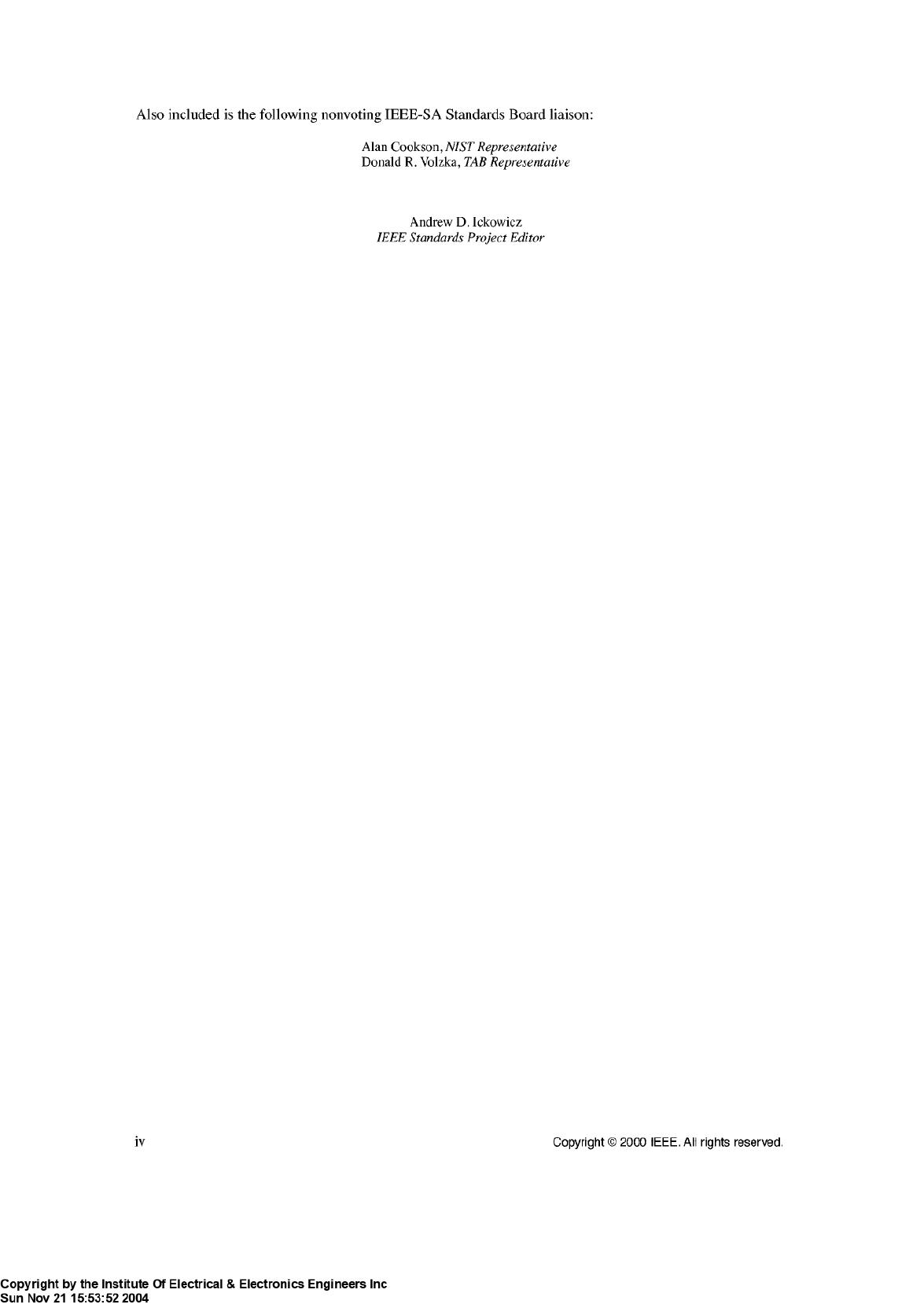
Also
included
is
the
following
nonvoting
IEEE-SA
Standards
Board
liaison:
Alan
Cookson,
NIST
Representative
Donald
R.
Volzka,
TAB
Representative
Andrew
D.
Ickowicz
IEEE
Standards
Project
Editor
iv
Copyright
©
2000
IEEE.
Al
rights
reserved.
Copyright
by the
Institute
Of
Electrical
&
Electronics
Engineers
Inc
Sun Nov
21
15:53:52
2004
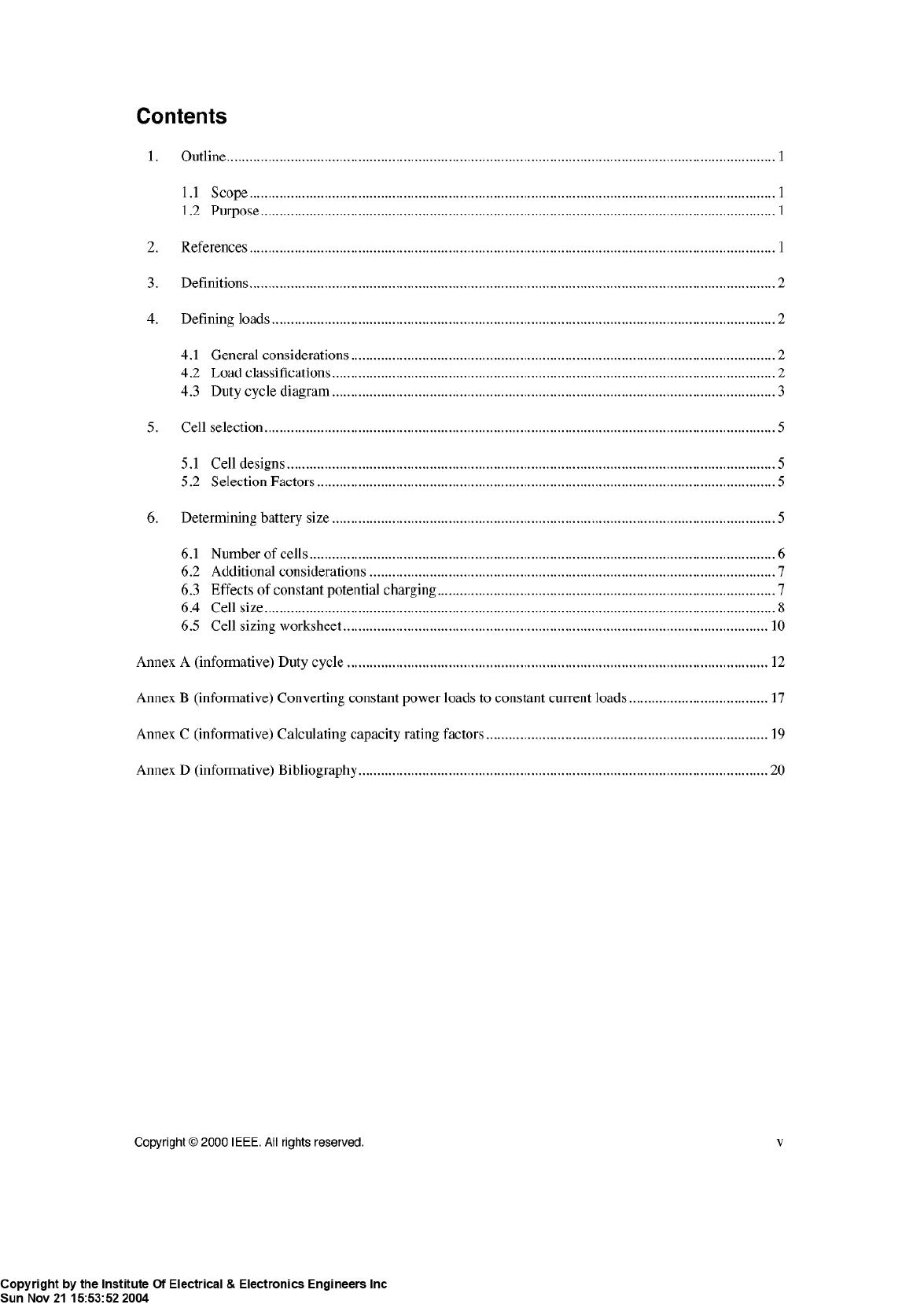
Contents
1.
Outlire....
1.1
Scope.
12
Purpose..
2.
References
3.
Definitions.
4.
Defining
loads
…
4.1
General
considerations
.
42
Load
classifications
4.3
Duty
cycle
diagram
5,
Cell
selection....
5.1
Cell
designs..
5.2
Selection
Factors
6.
Determining
battery
size
…
6.1
Number
of
cells…
6.2
Additional
considerations
…
6.3
Effects
of
constant
potential
chargin;
6.4
Cell
size
6.5
Cell
sizing
worksheet
Souva
Annex
A
(informative)
Duty
cycle
……
Annex
B
(informative)
Converting
constant
power
loads
to
constant
current
loads
Annex
C
(informative)
Calculating
capacity
rating
factors
Annex
D
(informative)
Bibliography...
Copyright
©
2000
IEEE.
All
rights
reserved.
v
Copyright
by the
Institute
Of
Electrical
&
Electronics
Engineers
Inc
Sun Nov
21
15:53:52
2004
 6
6
 7
7
 8
8
 9
9
 10
10
 11
11
 12
12
 13
13
 14
14
 15
15
 16
16
 17
17
 18
18
 19
19
 20
20
 21
21
 22
22
 23
23
 24
24
 25
25
 26
26
1
/
26
100%
